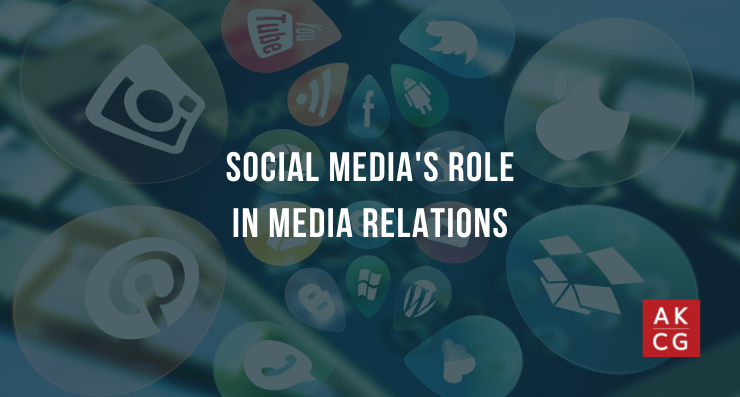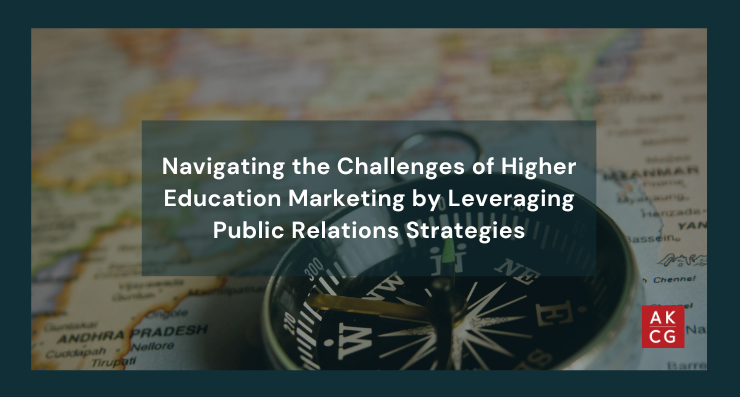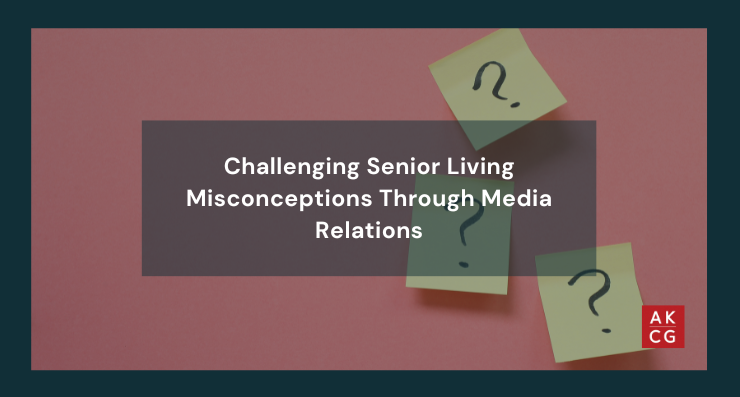Today’s younger generation sidesteps traditional news outlets and turns to social media platforms to consume news. The preferences of consumers have evolved so much that stories that previously would have only been disseminated through a traditional media outlet are posted to social media where they have the opportunity to reach a wider audience that can stretch far beyond the audience of legacy media.
The advancement of social media has forced PR professionals to change up how they interact with journalists and has provided a new avenue for advancing bottom-line business goals. So, how is social media a valuable tool for public relations professionals and how can they use it to their advantage in their thought leadership and media relations strategies?
Reach a wider audience
Social media allows PR professionals to reach a larger audience and get more exposure for their organization’s stories and news, with the potential to reach a new demographic that may not have been a target before. For example, a news outlet can publish a story in a daily newspaper with a local circulation, but once it is posted to social media, it has the potential to reach audiences beyond its regular readers and subscribers.
PR pros can and should share their earned media on their organizations’ social media channels to help stretch the impact and exposure of their media coverage. Tagging the individuals and organizations associated with the clip, as well as the media outlet itself, in the social media post also can help generate more engagement, as followers of those entities are invited to consume this content.
Public relations professionals are not only using social media to promote earned media coverage, but they also can use it to help inform what news outlets are the best media targets for their pitch. The activity of news outlets and reporters on social platforms can help practitioners further tailor pitches and identify outlets and journalists who would be a good match for a pitch.
Track a campaign’s success
Creating a unique hashtag for people to follow allows campaigns to generate traffic and encourages interaction with target audiences. When third parties like journalists, public figures or outside influencers use or mention your unique hashtag, this also helps expose campaigns to new audiences that may not have otherwise engaged.
Social media also serves as another mechanism for quantifying the impact of earned media in terms of reach, but also for generating qualitative feedback on the content of the story. By using social media to promote an organization’s stories, you can collect reactions and comments from audiences, further providing color to the success of a campaign.
You also can utilize social media insights and analytics to track your campaign’s engagement and success on your social platforms. For example, Instagram insights allow you to see followers’ age range, top location, and what time they are most active online. Similarly, Facebook’s audience insight tool allows you to customize the audience you want to analyze. For instance, you can narrow your audience search by selecting the audience’s education, work, job position, and connection to your page. Using these tools gives you the opportunity to identify ways to optimize and, possibly, improve your campaign content moving forward.
Monitor for potential crises or issues
Social media has made monitoring a potential crisis more manageable by following specific hashtags and accounts and seeing what is trending on the platform. Public relations professionals can read and listen to conversations online about their organization or topics that affect them in real-time. Crisis communications teams can use social media to help build response strategy and determine when it is the right time to communicate to key audiences or take further action.
With a 24/7 news cycle, social media has quickly taken over as the go-to place for news coverage, resulting in an endless stream of news. However, because of this, the constant flow of stories on social media can result in a shorter lifespan for the articles posted online – or, it can provide the opportunity to go viral.
PR professionals need to use their skills to navigate a crowded news industry to ensure their target audience sees their story, and social media can help you accomplish that.




